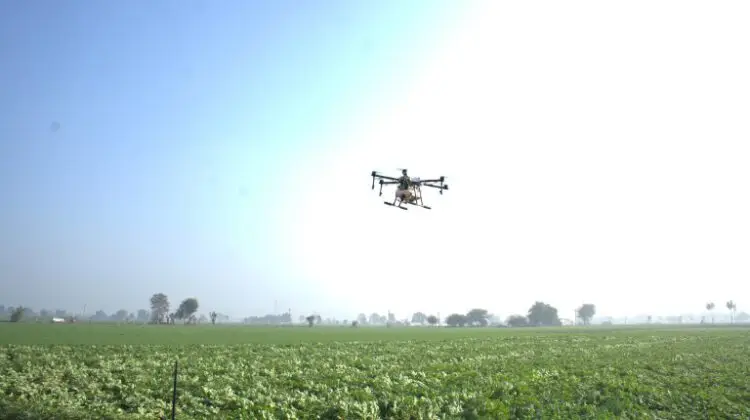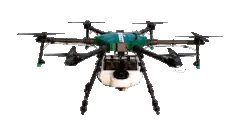
Future and Challenges of Agriculture in India
In India, the word agriculture is not a source of income to 50% of the population or 16% of its GDP, and it is a source of life for everyone. From necessity to luxurious demands, agriculture in India is a perfect example of diversified but united India.
Many may wonder how Agriculture is an example of diversified but united India, and the answer is simple, Food is simply uniting people through taste. It is a basic necessity for everyone, making it a common need.
Agriculture in India
Agriculture in India shares history with civilization, but here we are not going to discuss the past of agriculture but the present and future of agriculture in India. Most people are dependent on agriculture as their primary source of income, and no one hides the brutal truth.
0.008% of India’s companies are agriculture-based, making agriculture a non-corporate industry. Today the farmers are switching to other income sources due to different reasons.
Why choose agricultural drones?
The reasons are many, but understanding them will be easier with a list of benefits of agricultural drones.
-
Challenges faced by Indian farmers and reasons why they are switching
In India, employment has always been a topic of discussion in our homes, offices, and governments. The population, especially the youth, is confused while choosing a valid career path, and then finding a job in the competitive market also seems complicated.
The younger farmers are switching careers as they lack confidence in farming as an income. No doubt farming is a risky business that depends entirely on the season.
-
Dependency
Agriculture is a dependable industry. The growth and vegetation are dependent on seasons, resources, seed quality, and soil quality. There are so many factors on which Agriculture and its production are dependent, Making agriculture a risky profession.
-
Income
Farming, a risky profession, provides less income to small farmers, especially those with no land. Even after so many benefits in the form of subsidies from the government, they can’t enjoy even a single one and are paid less by landowners and big farmers. For exporting and to fulfill every person’s hunger, Farmers get lesser income as the selling price is fixed.
-
Vicious circle
The poor are trapped in a vicious cycle of poverty. It earns and spends, vice versa. It keeps them poor, and with the only aim to make meals, they are kept unaware of better agricultural practices. They try to switch from agriculture, but they get employed at low wages due to no knowledge in any field other than agriculture.
-
Return on Investment
The workforce and facilities agriculture requires are expensive or not if expensive then costlier than the return farmers earn. Talking about more productivity from small land also costs them more as they use high-cost methods to generate production and do more work but fail in supply-demand equilibria.
-
Facilities
The availability of resources and facilities is lacking in the field of agriculture. Even if the farmers have access to all the available resources, it lacks proper usage. Even today, 70% of irrigation is done through groundwater in India, which increases the required workforce for the process. Plus, not all farmers can afford technologically advanced agricultural equipment.
Also Read:
-
Future of agriculture in India
No one can see the future, but we all can pretend it is based on our present and past. India is a developing country that has agriculture as a multi-purpose solving practice.
56% of rural homes have no land, making us think hard about the upcoming years. As with development, the agricultural land is reducing. At this rate, the dependency on small grounds for more production will soon increase, which will add more cost and sometimes adverse effects.
For a safe future of agriculture, sustainable agriculture with technology is the option. Agricultural drones are also becoming a good option towards sustainable development with various benefits.


